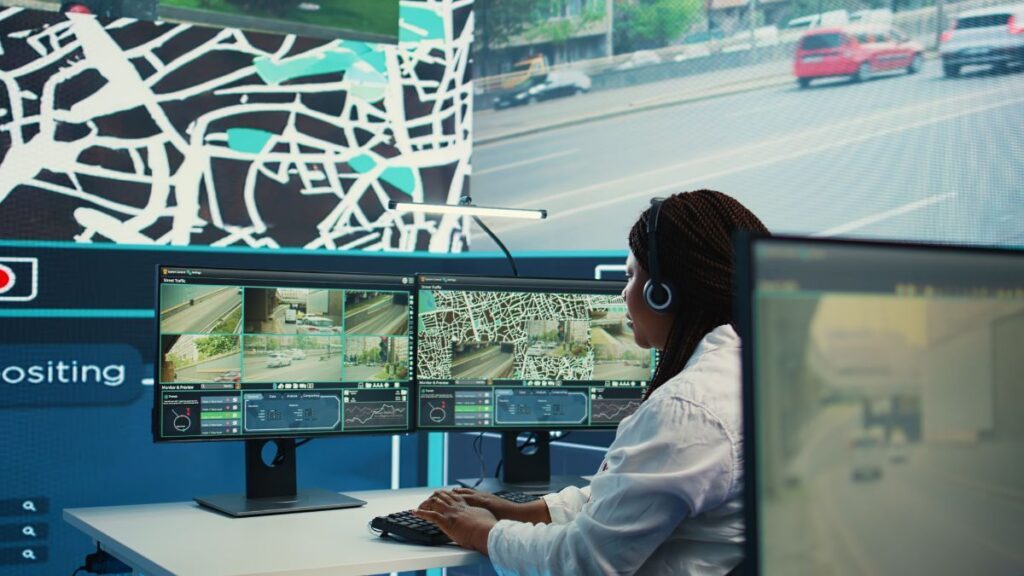In the age of smart infrastructure and connected mobility, urban traffic systems are undergoing a significant transformation. With increasing vehicle density, mounting road safety concerns, and a growing need for regulatory compliance, traditional methods of traffic monitoring and enforcement are proving to be inadequate. Enter the era of the video analytics platform—a technological leap forward that empowers cities and transportation authorities to manage roads more intelligently and efficiently.
Understanding the Need for Intelligent Traffic Enforcement
Traffic congestion, road violations, and erratic driving behavior not only disrupt smooth commutes but also contribute to accidents, air pollution, and economic losses. Manual traffic enforcement, although still prevalent in many regions, suffers from delays, limited reach, and potential bias. In contrast, video-based monitoring systems offer an always-on, unbiased, and data-driven approach to enforcement.
Modern cities are increasingly adopting surveillance technologies enhanced with artificial intelligence (AI) to overcome these challenges. By integrating computer vision, machine learning, and real-time data processing, video analytics platforms offer far more than simple video feeds—they provide actionable insights that redefine how traffic is managed.
How a Video Analytics Platform Enhances Traffic Enforcement
A video analytics platform is designed to interpret video footage from surveillance cameras in real time, detect anomalies, and trigger alerts or actions based on pre-defined parameters. When applied to traffic enforcement, its capabilities include:
1. Automatic Number Plate Recognition (ANPR)
ANPR is a foundational component of intelligent traffic systems. It enables automatic identification of license plates, making it easier to track stolen vehicles, identify violators, and streamline toll collection or parking management.
2. Red-Light and Speed Violation Detection
Through AI-powered visual sensors, video analytics platforms can accurately detect vehicles that run red lights or exceed speed limits. These violations are recorded with time stamps and location metadata, helping authorities issue penalties swiftly and transparently.
3. Vehicle Classification and Counting
Understanding vehicle flow is essential for traffic planning. Advanced analytics tools can classify vehicles into categories—cars, buses, trucks, motorcycles—and count them over specific intervals to assess traffic volume and patterns.
4. Wrong-Way Driving and Lane Violation Alerts
Driving against traffic, especially on highways or exit ramps, can lead to fatal accidents. Smart video analytics can instantly detect such anomalies and raise alerts before they escalate into emergencies.
5. Real-Time Incident Detection
Whether it’s an accident, vehicle breakdown, or debris on the road, real-time detection enables faster response from emergency services. This minimizes delays, ensures public safety, and optimizes resource allocation.
Benefits of Smart Video-Based Traffic Enforcement
Adopting a video analytics platform for traffic enforcement goes beyond convenience—it reshapes urban mobility strategies. Key advantages include:
- Enhanced Road Safety: Continuous monitoring deters traffic violations and promotes safer driving behavior.
- Efficient Law Enforcement: With automation, law enforcement agencies can cover more ground without increasing personnel.
- Evidence-Based Decisions: Footage and data logs provide reliable evidence for penalties, reducing disputes and litigation.
- Optimized Traffic Flow: By analyzing traffic patterns, city planners can improve signal timings, road designs, and congestion management.
- Environmental Impact: Smarter traffic control reduces idling time and emissions, supporting sustainable urban growth.
The Role of AI in Evolving Traffic Systems
Artificial intelligence is the engine driving these advancements. AI algorithms are trained on vast datasets to recognize patterns, identify objects, and make decisions autonomously. Unlike traditional surveillance systems, which merely record events, AI-enabled platforms interpret them—transforming passive data into proactive intelligence.
Moreover, AI facilitates predictive analytics. For instance, if a particular junction regularly experiences congestion at a specific time, the system can automatically suggest rerouting strategies or dynamic signage updates. Over time, this leads to better traffic management and more responsive infrastructure.
Integration with Broader Safety Protocols
The versatility of video analytics extends beyond roadways. In large-scale transport hubs, construction zones, and industrial areas, ensuring the safety of personnel is equally critical. Technologies initially developed for traffic enforcement now support broader compliance measures, such as PPE monitoring.
By leveraging a unified platform, organizations can monitor both vehicle movement and worker safety in real time. This convergence of safety, security, and operational oversight contributes to smarter, safer work environments and public spaces.
Overcoming Implementation Challenges
Despite the promise, deploying intelligent traffic systems does come with hurdles:
- Data Privacy Concerns: Collecting and processing video data raises questions about privacy. Solutions must include robust encryption, access control, and compliance with local data protection laws.
- Infrastructure Readiness: Many cities still lack the digital backbone—reliable power, connectivity, and camera networks—required for seamless operation.
- Cost and Scalability: While costs have come down, initial investments can still be significant. Choosing modular, scalable platforms helps ease the transition.
Successful implementation requires a phased approach, starting with high-risk intersections or corridors and expanding system capabilities over time.
Conclusion
Smarter roads require smarter systems. With the rising complexity of urban mobility, leveraging a video analytics platform for traffic enforcement is no longer a futuristic idea—it’s a present-day necessity. Combining real-time monitoring, AI-driven decision-making, and automated response, these platforms offer the strategic edge cities need to manage roads safely, sustainably, and efficiently. As the digital and physical worlds continue to merge, the impact of intelligent surveillance on everyday traffic cannot be overstated.







